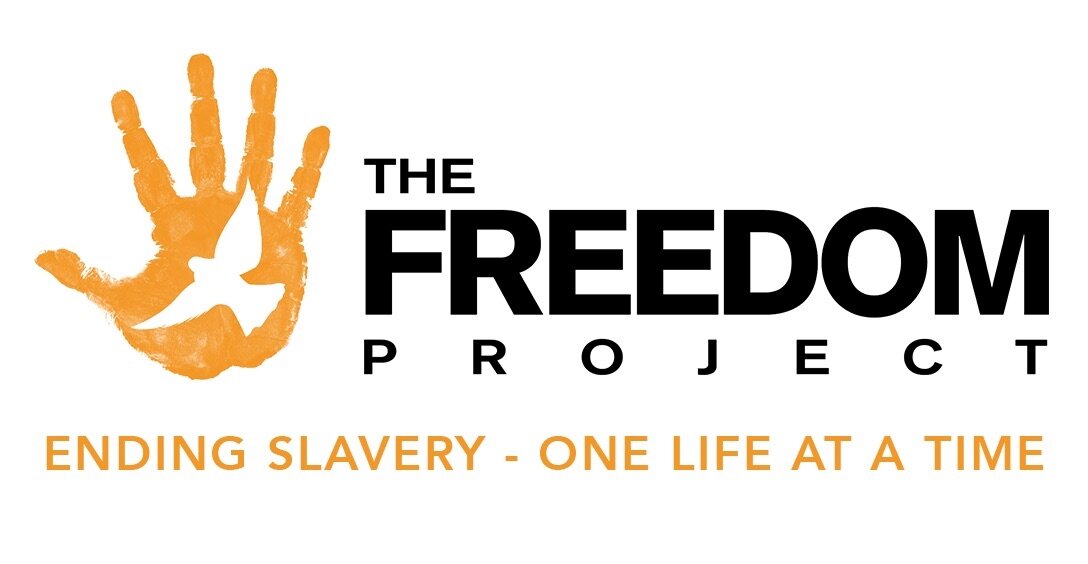Slavery around the world - Not for Sale Book Review
A review of Not For Sale: The Return of the Global Slave Trade – and how we can fight it, by David Batstone
David Batstone, a long-time abolitionist, could be seen as an expert in modern slavery. After coming across modern slavery as a young student volunteering in Central America, he went home to the USA and championed the American abolitionist movement. But Not for Sale is not about him, it’s about the stories of others around the world. With a focus on testimonies, the book recounts different real-life stories of modern slavery and human trafficking.
South East Asia – Child Labour & Sex Trafficking
Batstone starts his story in South East Asia, a region infamous for its extensive trafficking networks. In Thailand, we meet a local painter – Kru Nam, who decided to shelter and later develop an agency for street kids in the Chiang Mai region. Each time encountering a growing number of kids during her painting afternoons by the river, Kru realised how street kids, left on their own, were a gold mine for traffickers. Taking the matter into her own hands, she quickly developed a comprehensive aid agency rescuing and rehabilitating those children most of whom had already been trafficked out of their countries of origin, most often from neighboring countries like Burma and Cambodia.
Turning the focus to sex trafficking, we then meet Annie Dieselberg, founder of NightLight International. She developed a jewellery company in order to provide women in brothels an alternative income generating activity but above all a safe space in which they could heal and grow together.
*Image illustrative only.
India – Bonded Labour
We then travel to India where Narayam’s family was victim of bonded labour in slavery-like conditions. Just like in most cases, the victims fell prey to their abductors because of conditions of extreme poverty and utmost desperation.
Uganda – Child Soldiers
Then we cross the globe into Uganda, Africa. The testimony here brings a completely new dimension of slavery under the reader’s eye. It introduces the problem of child soldiers thus linking human trafficking to warfare and political violence.
Europe – SEX TRAFFICKING
Moving on to Europe, we meet Cesare Loderserto, a priest turned abolitionist when his path met the ‘Balkan Trail’ an Eastern European trafficking route. Starting in his home village in the South of Italy, his work took him to Moldova where he was made honorary citizen for his outstanding work towards ending sex trafficking. Just like most victims in the book, Nadia fell into her traffickers’ hands out of necessity for money and providing for her loved ones. Fortunately she was dumped off the shore of San Foca and ended her trafficking journey in the priest’s shelter.
Peru – Street Violence
Less renowned for its human trafficking networks, Batstone then takes us to Peru. Just like Kru Nam in Thailand, Lucy Borja started by sheltering a few street kids that needed her help which as a result of the dramatically high demand, led her to grow her one-off gesture into a national abolitionist organization. Today, Generacion, Lucy’s charity, helps hundreds of street kids to make a living, go to school and most importantly have a childhood away from the threat of traffickers.
United States – Slavery next door
Ending back where the story began, Batstone’s home country, we are confronted with surprising instances of slavery in contemporary USA. We meet a mad wrestler who abducted several women under pretenses of an intensive training program; and Louis Etongwem whose sense of curiosity led him to dismantle a trafficking network of Ethiopian children into the USA.
Alarming Testimonies - Hopeful book
Presenting different points of view, Batstone takes us from victims to abolitionists in a mesmerising way. With a large array of testimonies, we get to see the global extent of modern slavery. We learn that human trafficking is not a local phenomenon, it is pervasive and is as likely to happenoutside your doorstep (Australia and United States alike) as it is to happen elsewhere. The diversity of stories also shows how anyone can fall prey to trafficking, although certain fringes of populations are certainly more vulnerable than others.
Most importantly, amidst alarming testimonies and tempting notions of hopelessness, this book provides a refreshing breath of air. While realistic, Batstone links every story of need to pragmatic solutions and actions taken up towards addressing exploitation. It leaves each of us with the question, ‘What can I do?’. It is not just a chance to tell shocking accounts of modern slavery, but is deeply hopeful and positive insofar as he believes in the power of people across the world working towards putting an end to all forms of slavery.
That of course, is also what we at The Freedom Project are seeking to do. We educate and empower people to take action, as well as funding life-changing projects around the world focused on prevention, rescue and restoration for vulnerable communities.
You can purchase a copy of Not for Sale here.
This blog was written by Gaby who is a research student from Europe volunteering with The Freedom Project in 2018.



